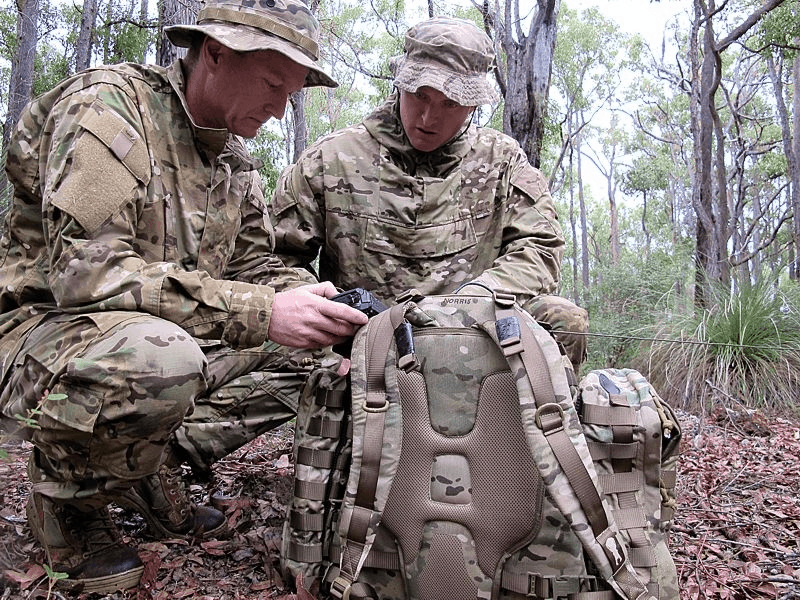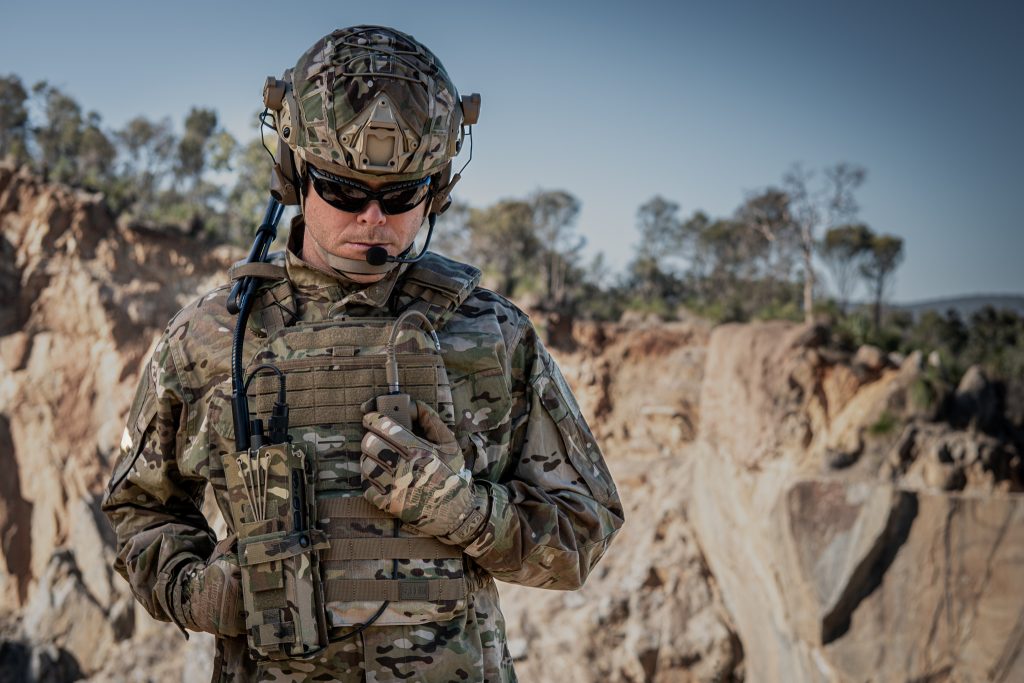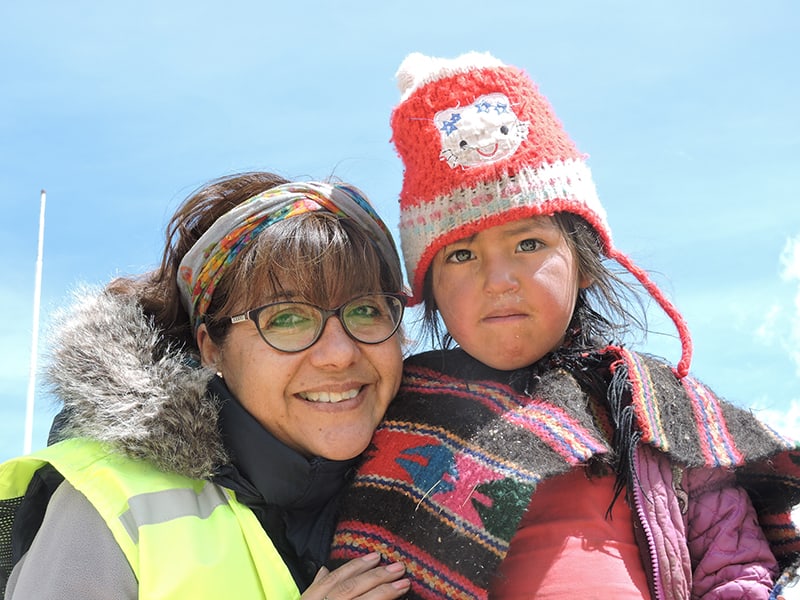How is HF radio used in 2020?
How is HF radio used in 2020?
Some people seem to be operating under the misguided impression that high-frequency (HF) radio is nearing obsolescence, used only by a dwindling number of hobbyists and people in niche industries. That impression couldn’t be further from the truth, and it obscures how crucial HF can be.
In fact, in 2020, HF radio remains incredibly relevant and practically indispensable for a variety of crucial use cases across the globe. Field-ready communications tools that can withstand extreme conditions, when paired with HF radio, provide users with a rugged, infrastructure-independent system that can continue functioning in otherwise inhospitable environments.
Here are three of the primary markets leveraging clear, stable and secure HF radio connexions for important communications today.

HF radio plays an important role in tactical communications in 2020.
Tactical operations
Military and law enforcement organisations need to have the ability to communicate in real time using voice, data, email and fax, no matter where they are. Frequently, their work takes them into environments where supporting infrastructure is not readily available. Going offline could jeopardise their mission and put them in physical danger while carrying out operations that support national security and community safety. HF radio provides secure and reliable communication.
Critical communications
Community responders, whether in the medical field, key industries or other areas, must be able to stay in communication when static infrastructure experiences disruption, especially in sparsely populated areas that aren’t adequately serviced by existing channels. From remote ambulance services to fire management teams and more, HF radio provides stable critical communications for everyday use or as a supplement in case first-choice lines of communication are impacted.
Humanitarian aid
From the recent Australian bushfires to food-insecure populations around the world and refugee displacement, humanitarian crises with both natural and man-made origins can significantly disrupt communication infrastructure, causing people to resettle in remote areas. Getting food, health care and other services to these vulnerable populations necessitates the use of robust communication channels over long and short distances. HF radio provides an opportunity to reach people in need quickly, without requiring the costly, time-intensive installation of static infrastructure.
If you’re interested in learning how HF radio could benefit your organisation in 2020 and beyond, contact a representative from Barrett Communications for more information today.







